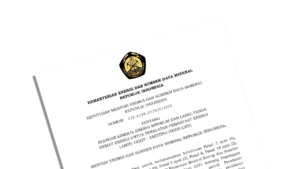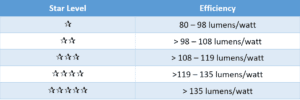The approval of the Ministerial Decree for minimum energy performance standards (MEPS) and energy labels for light emitting diode (LED) lights in July 2022 marks a significant milestone for Indonesia’s ADLIGHT, Advancing Indonesia’s Lighting Market to High Efficient Technologies, project. The project is funded by the Global Environment Facility (GEF) and implemented by United Nations Environment Programme (UNEP) and United Nations Development Programme (UNDP).
 The three-year ADLIGHT project, which is executed by the Ministry of Energy and Mineral Resources, was formally launched at an inception meeting in September 2020 to support Indonesia’s commitment to reduce greenhouse gas emissions in the energy sector by facilitating the transition of the local energy efficient lighting industry to increase penetration of locally produced energy efficient lighting in the market. A key component of this has been the development of regulatory mechanisms and market monitoring, verification and enforcement processes which provide improved conditions for fair market competition of energy efficient lighting products.
The three-year ADLIGHT project, which is executed by the Ministry of Energy and Mineral Resources, was formally launched at an inception meeting in September 2020 to support Indonesia’s commitment to reduce greenhouse gas emissions in the energy sector by facilitating the transition of the local energy efficient lighting industry to increase penetration of locally produced energy efficient lighting in the market. A key component of this has been the development of regulatory mechanisms and market monitoring, verification and enforcement processes which provide improved conditions for fair market competition of energy efficient lighting products.
Ministerial Decree 135.K/EK.07/DJE/2022 was officially approved by the Minister of Mineral and Energy Resources on 5 July 2022 and specifies the scope of the MEPS and energy labels, thereby providing the legal basis for their implementation. This scope includes the types of lighting covered; the information that must be included on the energy label; the energy efficiency levels; performance testing requirements and procedures; permitted exemptions from energy saving certification obligations; and the acceptable levels of tolerance for the conformance testing.
 The decree is applicable to self- ballasted LED lamps of types E40, E27, E26 with a rated power up to 60 W and a rated voltage of > 50 V AC up to 250 V AC, and stipulates a minimum luminous efficacy of 80 lumens per watt, in line with the ASEAN harmonization target set for 2023. The regulations consist of five tiers or star levels, with efficiency increasing with the number of stars.
The decree is applicable to self- ballasted LED lamps of types E40, E27, E26 with a rated power up to 60 W and a rated voltage of > 50 V AC up to 250 V AC, and stipulates a minimum luminous efficacy of 80 lumens per watt, in line with the ASEAN harmonization target set for 2023. The regulations consist of five tiers or star levels, with efficiency increasing with the number of stars.
The decree also applies to self-ballasted LED tubes, specifying a minimum luminous efficacy of 100 lumens per watt, and LED luminaires (street lighting, high bay, floodlight, etc) where the minimum luminous efficacy is set at 120 lumens per watt. The five tier star levels are not applicable for these products.
During the MEPS and labelling development process, UNEP-U4E played a significant role in capacity building of stakeholders (from government, industry and lighting testing laboratories). UNEP-U4E technical experts provided training and insights on round-robin testing of LED lamps within Indonesian LED testing facilities and further corroborated evidence of the Indonesian lighting market characteristics that informed the decision to set the minimum luminous efficacy of the LED MEPS at 80 lumens per watt.
In keeping with the ASEAN goal of regional harmonization of MEPS for lighting products, the MEPS specified in the decree align with the ASEAN regional lighting harmonisation level. Implementation of the MEPS and energy label comes into force in July 2023 to allow an adjustment period for the manufacturers, importers and suppliers to comply with the new regulations.
To view a copy of the decree, click here.


Leave a Reply